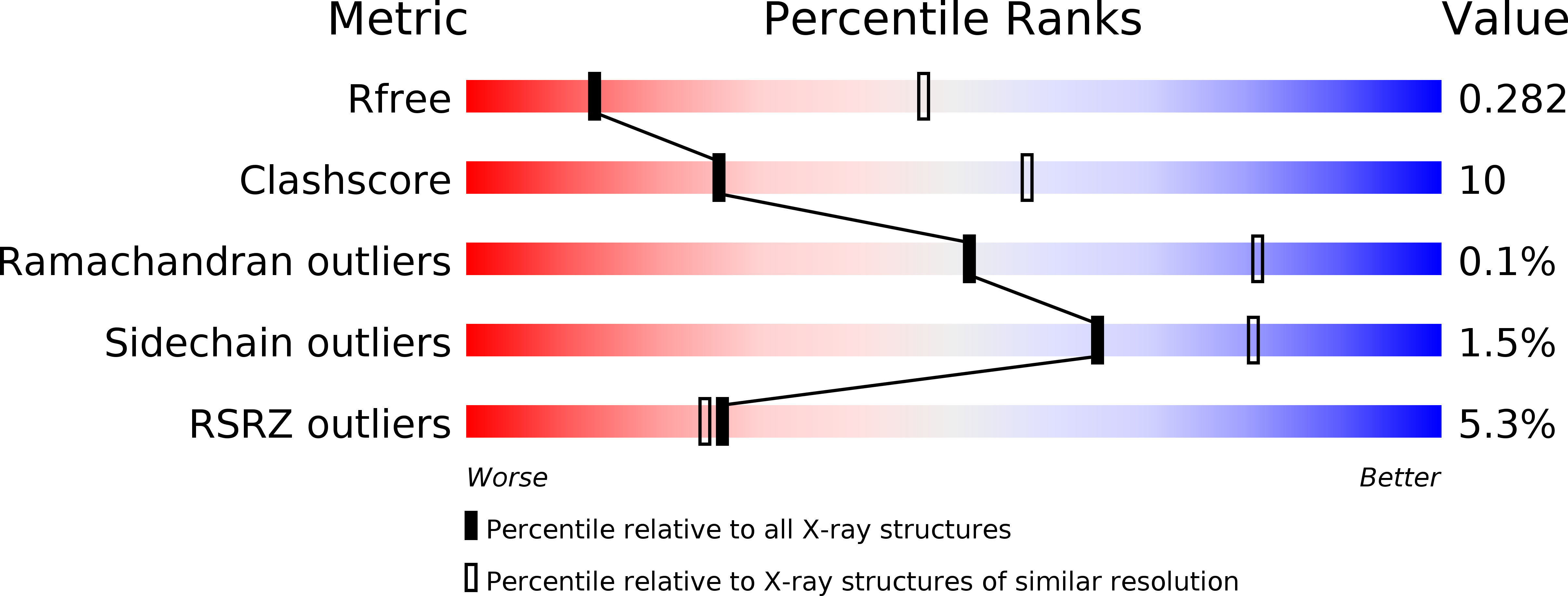
Deposition Date
2013-07-23
Release Date
2013-09-04
Last Version Date
2024-10-30
Entry Detail
PDB ID:
4LSX
Keywords:
Title:
Plant steroid receptor ectodomain bound to brassinolide and SERK1 co-receptor ectodomain
Biological Source:
Source Organism:
Arabidopsis thaliana (Taxon ID: 3702)
Host Organism:
Method Details:
Experimental Method:
Resolution:
3.30 Å
R-Value Free:
0.28
R-Value Work:
0.24
R-Value Observed:
0.24
Space Group:
P 65


